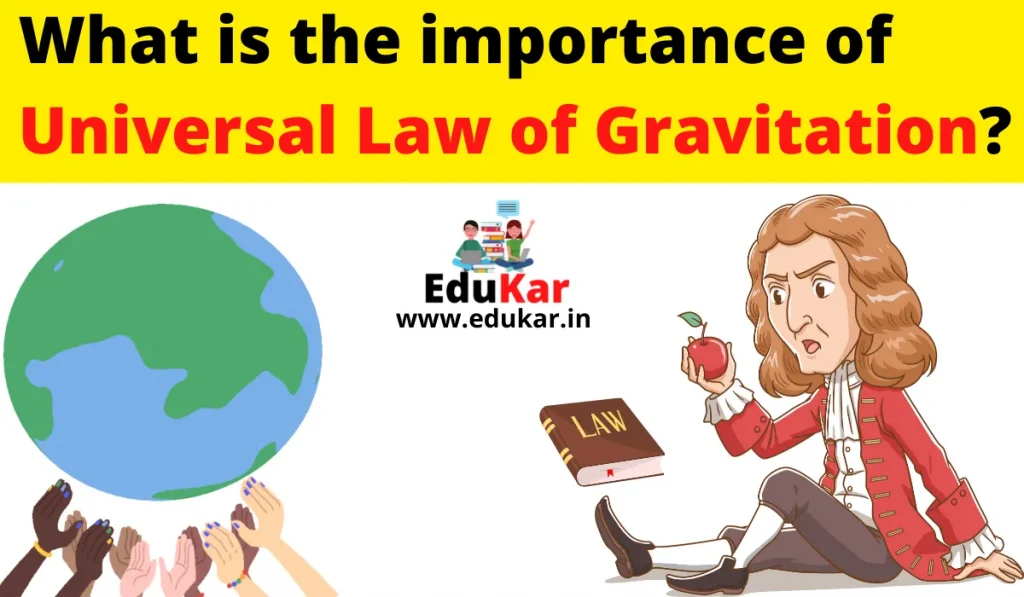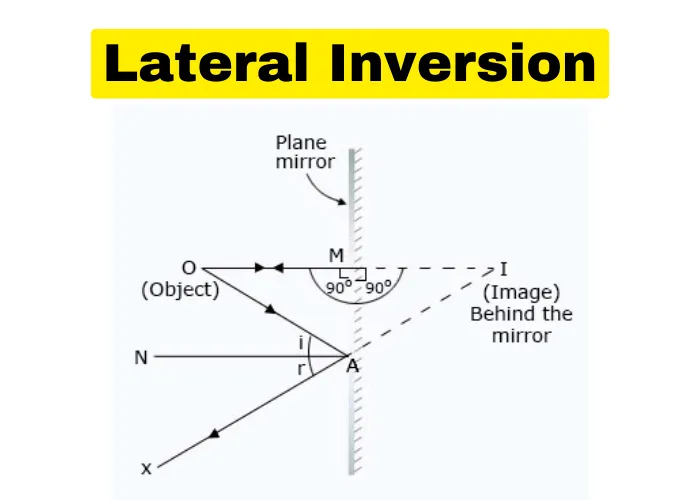Contents
The law of gravitation dictates the attraction between objects with mass. The law is just one of the fundamental laws of physics, and it is universally applicable. This law is often used in conjunction with the law of Inertia to form the second law of motion. However, the law of universal gravitation can be used in many different contexts to live by in everyday life.

What is Universal Law of Gravitation?
The Universal Law of Gravitation states that all objects in the universe attract one another. This is termed as the principle of gravity. This means that the forces of attraction are universal, regardless of the distance between the two objects. This law applies not just to objects in the universe, but also objects in the subatomic levels of matter.
What is the importance of Universal Law of Gravitation?
The universal law of gravitation is the physical law that states that every point in space attracts every other point in space with a force that is proportional to the product of the masses of the two bodies. The importance of Universal Law of Gravitation are:
- It attracts all the object towards the earth.
- It keeps the motion of planets around the Sun.
- In order to predict the motion of an astronomical body.
- The law of universal gravitation states that every mass exerts an attractive force on other masses.
- The law of universal gravitation is a fundamental force of nature which is similar to magnetism, electricity, and gravity.
- The law of universal gravitation is one of the four fundamental interactions of nature.
How does Universal Law of Gravitation apply to life?
When applied to life, the law may also be called the Law of Karma. It’s one of the most universal laws and it’s something you have to be aware of in order to live a happy life. The law of karma is that everything you do has a consequence. In life, this means that if you are constantly doing things that you don’t want to be doing, your life will become a struggle. On the other hand, if you are doing things that you love to do, you will see your life improve.
FAQs
-
Who proposed universal law of gravity?
Newton is a famous physicist and mathematician who is known for his three laws of motion. He proposed the law of universal gravity in 1687.
-
What are the features of universal law of gravitation?
The universal law of gravitation states that every object in the universe attracts every other object with a force that is proportional to the product of the two objects’ masses and inversely proportional to the square of the distance between them.
-
What is the other name for universal law of gravitation?
This law is sometimes also referred to as Newton’s Law of Gravitation.
-
What is the SI unit of universal law of gravitation?
The SI unit of universal law of gravitation is the Nm2/kg2.
-
How do you use the law of universal gravitation?
his is the scientific law that helps us understand how gravitational force works, and the law states that everything from planets, to stars, to even atoms has mass. The law of universal gravitation also helps us understand how an object’s mass is related to its weight.
Conclusion
The Universal Law of Gravitation can be applied to a wide variety of situations. The Universal Law of Gravitation states that every time an object is created, it exerts a gravitational force on all objects around it. This means that no matter how big or small or how close or far away the object is, it will still exert its gravitational force on all objects around it. This can be applied to many different areas of life, and the following are just a few examples.
We hope you found our article on why universal law of gravitation is important informational. We have provided a short and sweet summary of what this law is and how it works.
We are always happy to answer any questions you have about this law and hope you find our article to be informative and helpful. Please don’t hesitate to contact us anytime if you have any further questions or comments. Just visit www.edukar.in
Thank you so much for reading our article on the importance of Universal Law of Gravitation!




![Zoology Important Questions [Class 11th-English medium] Zoology Important Questions class 10 english medium](https://edukar.org/wp-content/uploads/2022/09/Zoology-Important-Questions-class-10-english-medium-1024x597.webp)

![Corporate Accounting [Important Questions & Answers with MCQ] Corporate Accounting Important Questions & Answers](https://edukar.org/wp-content/uploads/2022/09/Corporate-Accounting-Important-Questions-Answers-1024x597.webp)

![Web application and Security Class 10 [Questions Answers & MCQs] Web application Class 10 Questions & Answers](https://edukar.org/wp-content/uploads/2022/09/Web-application-Class-10-Questions-Answers-1024x597.webp)

![What Is Colloidal Solution? [Class 9,10,11&12] What Is Colloidal Solution](https://edukar.org/wp-content/uploads/2022/08/What-Is-Colloidal-Solution-1024x597.webp)




